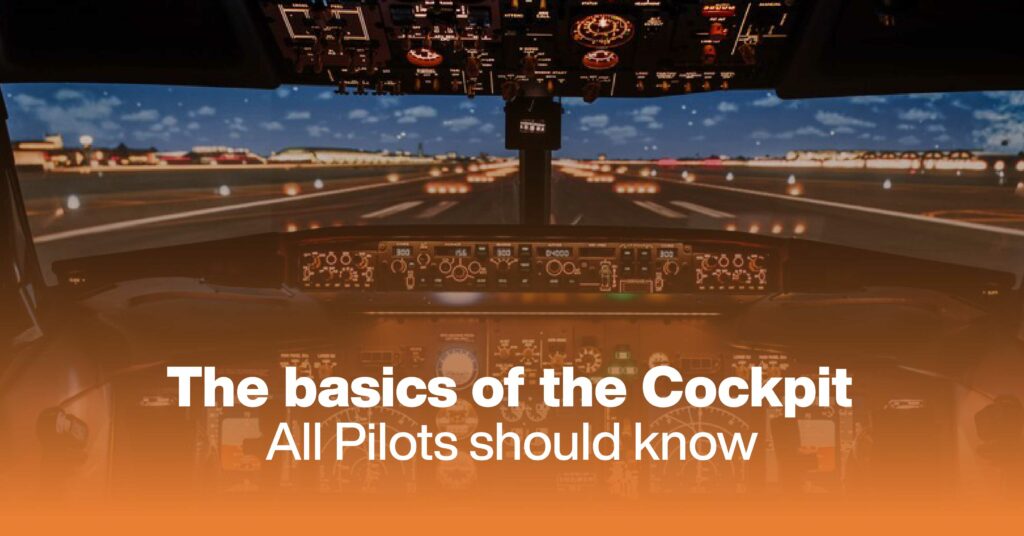Are you curious about the fascinating world inside the cockpit of an aircraft? Aspiring pilots and aviation enthusiasts alike should have a good understanding of the basics of the cockpit. In this article, we will delve into the primary components of an aircraft’s cockpit, the purpose of each control element, and why cockpit knowledge is crucial for pilots. So fasten your seatbelts and let’s take off into the world of aviation!
Steer Your Way: The Steering Wheel In Aircraft
One of the most recognizable and essential components in the cockpit is the control yoke or stick. This control element, similar to a steering wheel in a car, allows pilots to maneuver the aircraft during flight. By moving the control yoke forward or backward, pilots control the pitch or angle of the aircraft. Lateral movements of the control yoke control the roll of the aircraft, allowing it to bank left or right. These movements are coordinated by the pilot to ensure smooth and precise flight control.
Aircraft Controls: A Symphony of Precision
To maintain control of the aircraft, pilots rely on various other controls within the cockpit. These include the throttle, which controls the engine speed and power, as well as the rudder pedals, used for yaw control. By skillfully operating these controls in harmony, pilots can navigate the skies with precision and grace.
The Heart Of The Cockpit: Primary Components Of Aircraft
The cockpit is the nerve center of an aircraft, where the pilot interfaces with the controls, instruments, and systems. It houses a multitude of essential components that enable the safe operation of the aircraft. These include the control panels, navigation systems, communication equipment, and flight instruments.
The Purpose Of The Control Yoke Or Stick In The Cockpit
The control yoke or stick serves as the primary means of controlling the aircraft’s attitude and movement. By manipulating the control yoke, pilots can pitch, roll, and yaw the aircraft. The control yoke is designed to provide precise and intuitive control, allowing pilots to make adjustments smoothly and efficiently.
How Do Pilots Control The Aircraft Engines From The Cockpit?
Controlling the engines of an aircraft is a critical task that pilots perform from the cockpit. The throttle controls, located on the control panel, enable pilots to regulate the engine’s power output. By adjusting the throttle, pilots can increase or decrease the engine’s thrust, allowing for changes in speed or altitude.
The Purpose Of An Altimeter
One crucial instrument within the cockpit is the altimeter. The altimeter displays the aircraft’s altitude above sea level, providing pilots with vital information about their vertical position. This instrument helps pilots maintain the desired altitude, avoid obstacles, and ensure safe and precise navigation.
Safety Features And Emergency Equipment In Cockpit
Ensuring the safety of passengers and crew is paramount in aviation. For this reason, cockpits are equipped with various safety features and emergency equipment. These can include fire extinguishers, emergency flotation devices, oxygen masks, and emergency checklists. Pilots must be well-versed in the location and usage of these safety features to handle any potential emergencies with confidence and efficiency.
Conclusion
Understanding the basics of the cockpit is essential for all pilots and aviation enthusiasts. By knowing the primary components, purpose of controls, and safety features within the cockpit, pilots can navigate the skies with confidence and precision. So, whether you’re an aspiring pilot or simply curious about aviation, dive into the cockpit knowledge and embark on an incredible journey into the world of flight.

